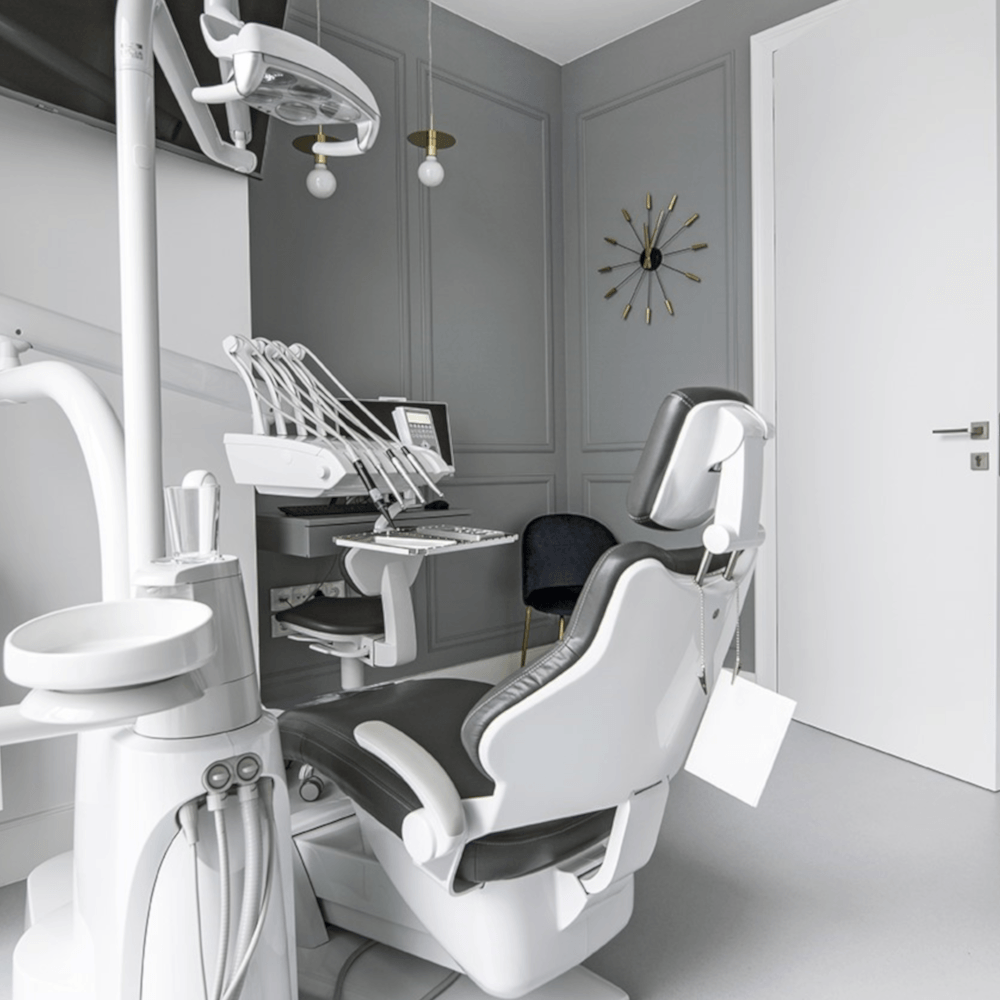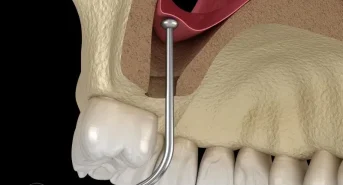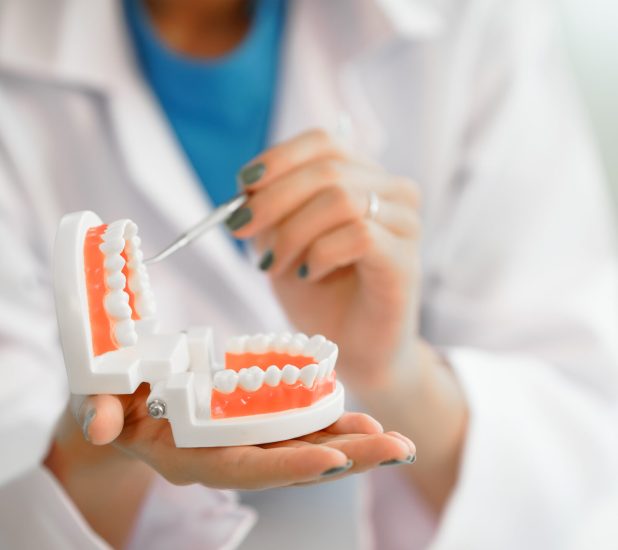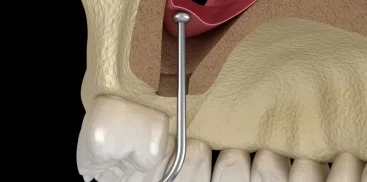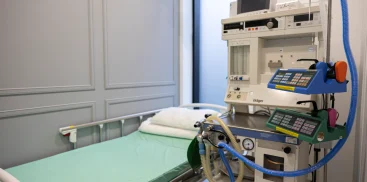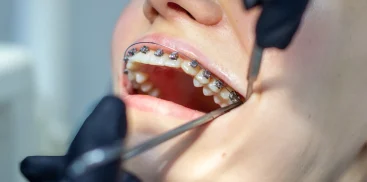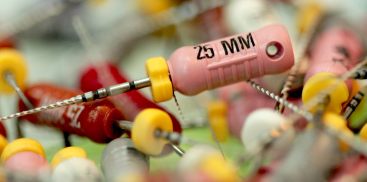Bonding is a method of micro-invasive aesthetic tooth reconstruction using composite resins. It involves the reconstruction of tooth surfaces by covering minor damage, abrasion and discoloration with composite materials. Thanks to this approach, we minimally interfere with the natural tooth structure, which allows for a quick improvement in the appearance of the smile and its overall appearance.
How does the tooth bonding procedure work and what effects can be achieved?
What is bonding and how does it work?
Bonding is used in the field of cosmetic dentistry. The filling is based on the use of composite resins, the same materials used to repair cavities caused by caries. The color of the composite is matched to the natural shade of the teeth, which allows for a harmonious effect. The flexibility of the material allows for easy modeling, adjustment to the enamel and elimination of defects on the tooth surface.
Thanks to the phenomenon of adhesion, the composite resin perfectly combines with the hard tissues of the tooth, creating a tight connection without the need for invasive actions on the tissues.
Effects of bonding before and after
By using a properly selected composite resin applied to the teeth, you can not only eliminate discolorations and defects, but also repair damage such as chips or cracks. Tooth reconstruction using composite allows you to adjust the shape, both length and width. This method also allows you to quickly fill small cavities and close gaps between teeth, e.g. diastema. This immediately improves the appearance of your teeth by balancing imperfections, making your teeth even and discoloring them.
The course of the bonding procedure
During the treatment, the hard tissues of the teeth are combined with a composite in the form of a special resin.
The process consists of several stages:
1. Teeth cleaning by a doctor – preparation for further actions.
2. Gentle tooth preparation – in some cases, slight changes may be required thinning of the tooth surface.
3. Etching the enamel – with a mild acid, creating microscopic cavities that do not damage the enamel structure.
4. Application of composite resin – matching to the tooth shape and modeling.
5. Additional layer of composite – the last layer is matched to the natural color of the patient’s teeth.
6. Curing with a dental lamp – the composite resin is hardened using a special polymerization lamp.
After giving its final shape, the resin is smoothed and polished.
Advantages and disadvantages of bonding
Bonding has several significant advantages. Firstly, the effects are visible immediately after the treatment. Other benefits include:
– Speed – the procedure for one tooth takes up to 60 minutes, the entire process takes place in one visit.
– Removal of discolorations, improvement of the shape and color of teeth.
– Painless – does not require anesthesia.
– Low invasiveness and reversibility – it does not damage the tooth tissue, so you can return it to its original state if necessary.
However, bonding also has some disadvantages, such as susceptibility to discoloration and limited durability, which is estimated at about 5 years.
Indications and contraindications for bonding
Bonding is recommended when the problem affects individual teeth.
It is ideal for correcting minor damage, distortions or fractures of the tooth crown.
However, this is not the answer
———————————————————————————————————–
If you are interested in further details and possibilities offered by bonding, please contact us and arrange a consultation at our clinic:
https://warsawdentalcenter.pl/kontakt/
Appointments can be booked:
– by phone: 22 542 18 04
– by e-mail: kontakt@warsawdentalcenter.pl
or via social media:
https://www.facebook.com/WarsawDentalCenter/
